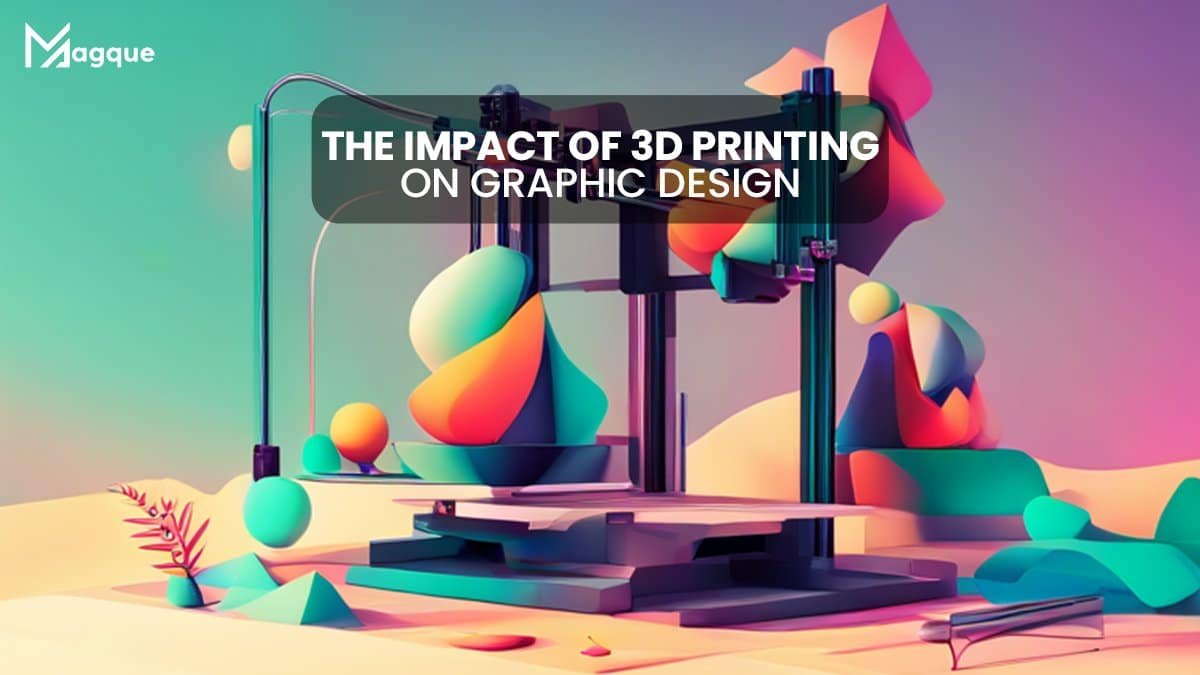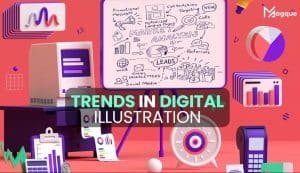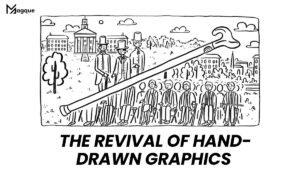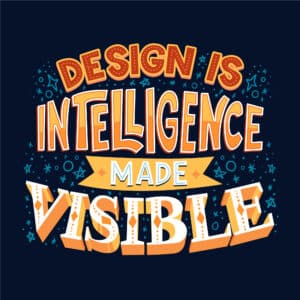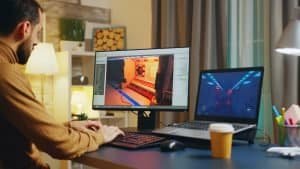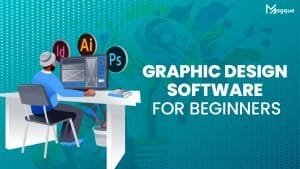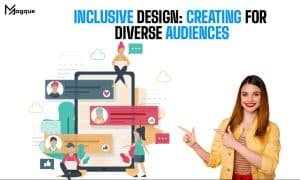The Impact of 3D Printing on Graphic Design
Have you ever wondered how technology can reshape the world of graphic design? Well, wonder no more because 3D printing is here to revolutionize how we create and conceptualize visual art. In this article, we’ll dive deep into the fascinating world of 3D printing and its profound impact on the graphic design industry.
A Paradigm Shift in Design
3D Printing: The term evokes a sense of innovation and limitless possibilities. With 3D printing, designers can transform their digital creations into tangible, three-dimensional objects. Gone are the days when designs lived solely on screens and paper. Now, they can leap off the page and into the physical realm.
Imagine holding a prototype of your design in your hands, feeling its texture, and assessing its dimensions. 3D printing offers designers the chance to refine their work with a hands-on approach, enabling them to catch flaws and enhance their designs in ways previously unimaginable.
Breaking the Boundaries
Endless Creativity: Graphic designers are no longer confined to flat, two-dimensional surfaces. With 3D printing, they can think outside the box, or rather, outside the canvas. This technology lets designers explore the third dimension, adding depth and complexity to their projects.
Think about it as giving your designs a whole new dimension (pun intended). You can now easily create sculptures, intricate models, and even functional objects. The only limit is your imagination.
Rapid Prototyping and Iteration
Efficiency Redefined: In graphic design, time is of the essence. Meeting deadlines and satisfying clients’ demands can be challenging. However, 3D printing introduces the concept of rapid prototyping, allowing designers to create quick physical prototypes for client approval.
Instead of spending hours on detailed mock-ups or waiting for physical prototypes to be manufactured, designers can print their concepts within hours or even minutes. This saves time and reduces costs associated with traditional prototyping methods.
Sustainability and Cost-Effectiveness
Eco-Friendly Solutions: Sustainability is a hot topic, and 3D printing contributes to the cause. With the ability to print using various materials, designers can choose eco-friendly options like biodegradable plastics or recycled materials. This not only reduces environmental impact but also appeals to environmentally conscious clients.
Moreover, 3D printing reduces waste by creating objects layer by layer, ensuring that material is used efficiently. This can translate into cost savings for designers and clients, making it a win-win solution.
The Collaboration Revolution
Global Connection: Graphic designers often collaborate with artists, engineers, and manufacturers. With 3D printing, collaboration knows no boundaries. Design files can be shared digitally, allowing collaborators worldwide to contribute to a project seamlessly.
This global connection enhances creativity and opens doors to many ideas and expertise. It’s like having a team of experts at your fingertips, ready to bring your vision to life.
Final Thoughts
The impact of 3D printing on graphic design is nothing short of transformative. It breaks traditional boundaries, accelerates the design process, promotes sustainability, and fosters global collaboration. As technology evolves, we can only expect even more exciting developments in graphic design.
So, if you’re a graphic designer looking to stay at the cutting edge of your field, embrace 3D printing. It’s not just a tool; it’s a gateway to a new dimension of creativity and innovation. Dive in and watch your designs appear in ways you’ve never imagined. The future of graphic design is here, and it’s three-dimensional!
And be sure to explore Magque, your go-to source for the latest and most intriguing updates in the realms of informative tips & reviews!
FAQs
Q1. What is 3D printing, and how does it relate to graphic design?
3D printing, also known as additive manufacturing, creates three-dimensional objects from a digital design. In graphic design, 3D printing allows designers to transform their 2D visual concepts into tangible, physical objects. It adds a new dimension to traditional graphic design, enabling the creation of three-dimensional artworks, prototypes, and more.
Q2. How does 3D printing benefit graphic designers?
3D printing offers several benefits to graphic designers. It enables rapid prototyping, allowing designers to create physical models of their designs quickly and cost-effectively. It also allows for greater creativity by breaking the constraints of 2D design and fosters sustainability through eco-friendly materials. Additionally, 3D printing promotes collaboration and global connection among designers and other professionals.
Q3. What are some practical applications of 3D printing in graphic design?
3D printing has a wide range of practical applications in graphic design. Designers can use it to create physical packaging prototypes, product designs, sculptures, and even customized promotional materials. It’s also valuable for developing innovative marketing displays and interactive designs that engage audiences uniquely.
Q4. Is 3D printing accessible to all graphic designers, or does it require specialized skills and equipment?
While 3D printing has recently become more accessible, it requires specialized skills and equipment. Graphic designers interested in 3D printing may need to learn how to create 3D models using software like Blender or Tinkercad. They also require access to a 3D printer, which can be owned or accessed through printing services or maker spaces.
Q5. What are the future trends and possibilities of 3D printing in graphic design?
The future of 3D printing in graphic design holds exciting possibilities. As technology advances, we can expect faster and more affordable 3D printers and new materials that expand creative options. Virtual reality (VR) and augmented reality (AR) integration with 3D printing may also open new dimensions of interactive and immersive graphic design experiences. Staying updated with these trends is essential for graphic designers looking to leverage 3D printing in their work.
Read Also This:- The Best 3D Printers for 2023

